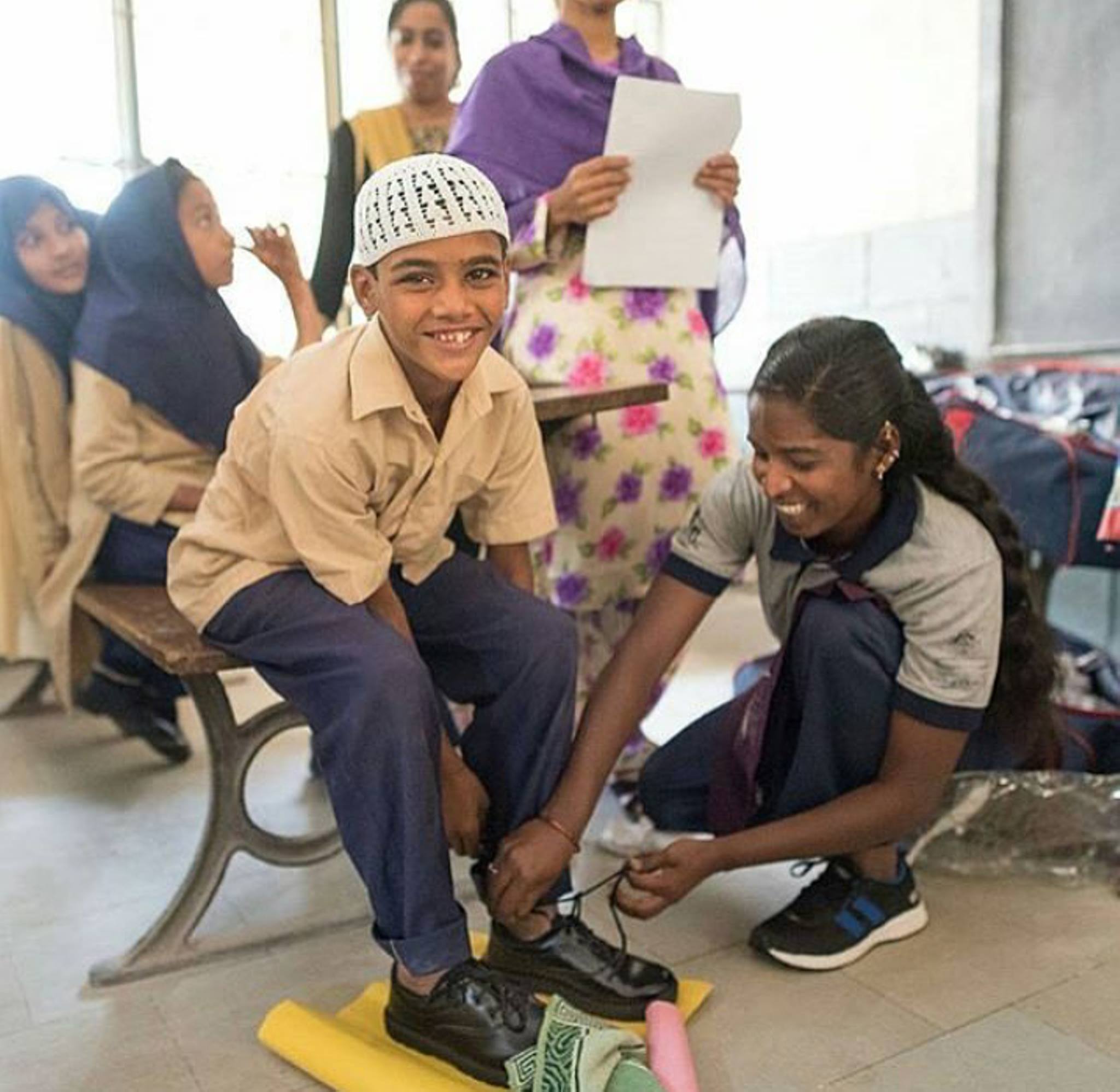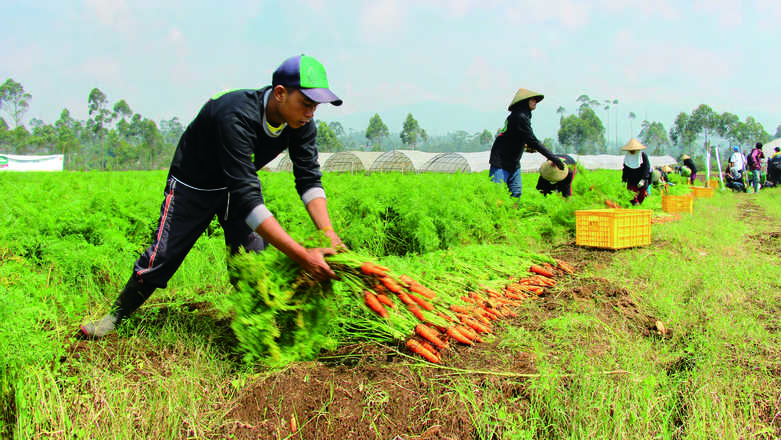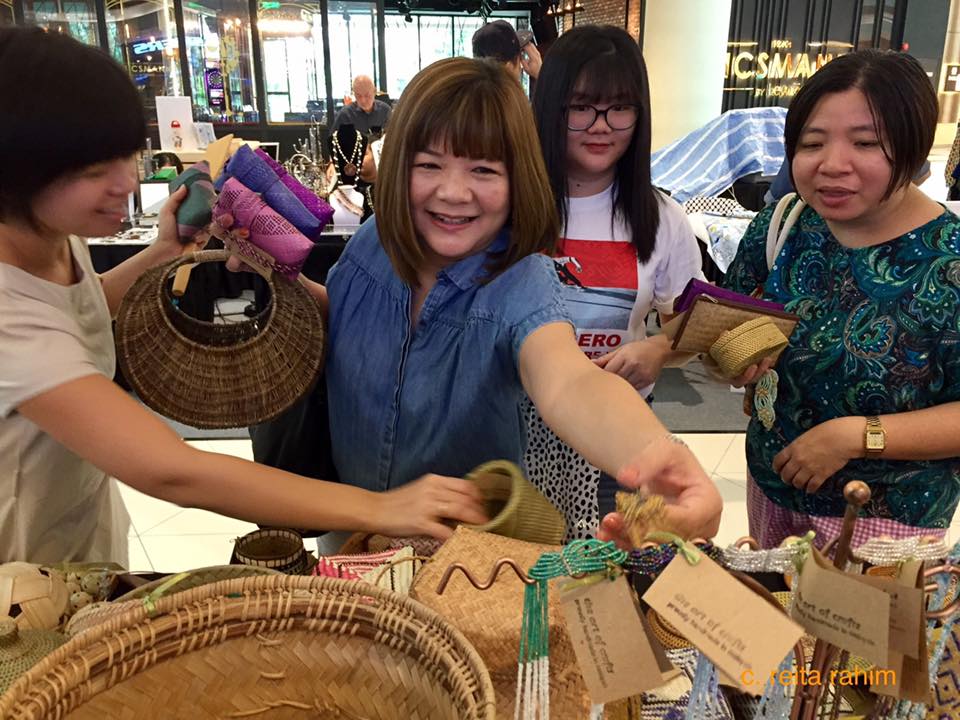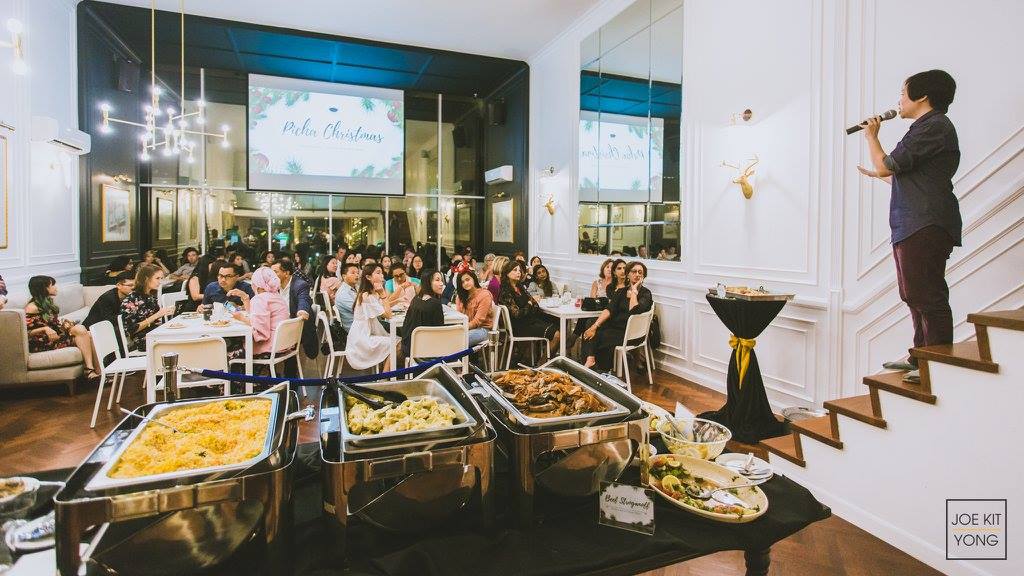You may have heard about social enterprises or you may have a rough idea about what they do. If you were thinking about organisations created around a social mission or need, you’re halfway there.
They’re very much like startups or business in the sense that they have a sustainable business model. However the difference lies in the fact that they also use the revenue to sustain their social mission.
Their focus is not just about establishing an immediate positive impact in the communities they serve but also in ensuring that they can continue to do so in the long-term, and in an independent fashion.
This often leads to one of the most common questions that every social entrepreneur has to answer – “How exactly do you keep yourselves afloat?”
There are several creative avenues that social enterprises pursue in the quest to be self-sustainable, and we’ve highlighted 5 common ones below.
1. Cross Subsidisation Model

Image Credit: Hospitals Beyond Boundaries
This model is commonly used by social enterprises that work with the disadvantaged living in areas where there’s a huge socioeconomic gap.
These social enterprises offer you their services at full price, and channel a large chunk of that profit to subsidise vital services, such as food, education and healthcare for communities who, under normal circumstances, wouldn’t be able to afford it.
Hospitals Beyond Boundaries (HBB)is a Malaysian social health enterprise that uses this model to provide healthcare to patients who need it but are unable to afford it.
For example, the profits HBB receives from three fully-paid childbirth deliveries in their Phnom Penh clinic is used to subsidise one childbirth delivery for a desperate mother elsewhere.
2. Buy-and-Give Model

Image Credit: TOMS Shoes
The buy-and-give model is one whereby enterprises uses a portion of revenue to fund social causes or initiatives that they support.
Toms Shoes, a for-profit company founded in Arlington, Texas is a well-known adopter of this model. They first made a name for themselves – and still do – through this very model. When you buy a pair of their shoes, they would reciprocate by donating a pair to a child in need.
Another example would be the Truly Loving Company (TLC).. TLC uses a corporate profit model to build a brand to generate long term, and sustainable income for charities they support.
Profits gained from the sale of their popular household products, such kitchen cleaners, floor cleaners, bathroom cleaners and fabric care products are channeled to their partner stakeholders, who consist of charities such as Ruman Aman, Nasam and several others.
Also On Jireh's Hope:This SE Teams Up With Corporates To Light Up M’sian Villages Still In The Dark
3. Inclusive Business

Image Credit: Unilever Malaysia
Bigger brands are increasingly opting for this strategy as a way to positively impact the smaller stakeholders that they work with.
Essentially, inclusive business is a model where brands include the wellbeing of underprivileged within their value chain.
Unilever Malaysia has made a commitment to positively impact the lives of 5.5 million people by 2020. They’re working to improve the livelihoods of smallholder farmers, the income of small-scale retailers as well as increasing the participation of young entrepreneurs within their value chain.
They empower these groups by providing them with training, jobs and entrepreneurship opportunities, and in return they become ambassadors for their brands around the world.
4. Market Linkage

Image Credit: Gerai OA
Have you ever purchased a handbag from Earth Heir? Or a handcrafted pouch from Gerai OA?
These are some of the platforms that connects sellers, artisans and individuals from underprivileged backgrounds with buyers and users that they wouldn’t be able to access on their own.
Social enterprises and organisations that implement this model connect local artists and sellers of artisanal products with a much wider consumer base.
And in so doing they play a role in financially sustaining the communities they support.
Gerai OA is a volunteer run, non - profit stall that sells crafts produced by the Orang Asli (indigenous minorities of Malaysia). All the proceeds from these sales are then handed over to the artists. They’re able to do this as they’re volunteer run and they host their events in rent free venues.
5. Empowered Employment

Image Credit: The Picha Project
This model usually refers to social enterprises that provide opportunities for marginalised and disenfranchised in the form of employment, training and guidance rather than just one-off donations.
For example, have you heard of The Picha Project?
They empower disadvantaged communities in Malaysia through a sustainable food catering and delivery business. This helps families financially sustain themselves through their cooking skills.
They then deliver and cater the food prepared by refugee families from various countries to companies, events and organisations.
These are just a few simple models that have sustained the work of many enterprises and enabled them to create positive, future-proof impact on the communities that they serve.
In certain occasions, social enterprises may use a mixture of models or methods to push the envelope, but the end goal is always the same: a sustainable charge forward in their fight for social change.
If you know about any other models or social enterprises that are worth mentioning do drop us a message on our FB page.

